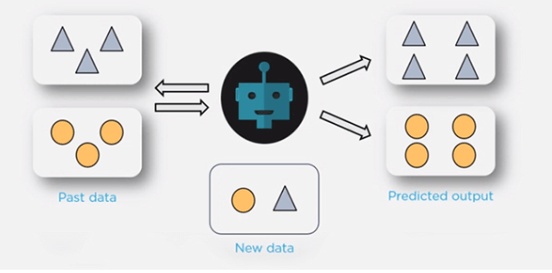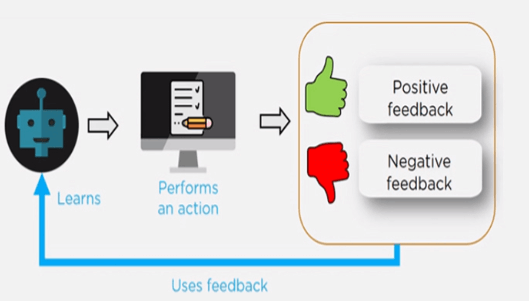About
The name machine learning was introduced in 1959 by Arthur Samuel at IBM. The machine learning explores the construction of the algorithm that can process learning with experience accumulated/computed from data. Such algorithms act by making a model from a sample training set of observation input in order to make data-driven predictions or decisions as outputs.
Machine learning acts as an analysis of exceptionally large quantities of data. While it is generally faster, give more precise results in order to identify usefulness opportunities or hazardous risks, it may also require additional time and resources to train it properly.
Tom M. Mitchell gave a widely quoted, more formal definition of the algorithms studied in the machine learning field “A computer is a machine that is learned from experience E with respect to some set of tasks T and performance measure P if its performance at tasks in T, as measured by p, improves with experience E”.
Difference Between Traditional programming and Machine Learning:
Traditional Programming:

Example: Take an example of Addition
Data(Input): A= 5, B=6
Program: C= A+B
Output:11
A computer takes the input and performs according to program calculation then it gives the output.
Machine Learning:

Example: YouTube video suggestion
Data(Input): user’s searched/viewed history
Output: Video suggestions on YouTube Home page
Program: That gives valuable decision/suggestion based on processed data
Different Types of Machine Learning:
There are three types of machine learning
Supervised Learning:
In supervised machine learning, a model can apply predictions or decisions based on what has been learned in the past to new data as labeled data. Labeled data refers to sets of data that are given tags or labels, it is used to predict future events.

Unsupervised Learning:
In unsupervised learning, we don’t have labeled data. It is used to analyze how a system can understand a function and to describe a hidden structure from unlabeled data. An unsupervised learning model explores the identify patterns, anomalies, and relationships in the input data.

Reinforcement Learning:
Using Reinforcement learning, the model can learn on the basis of interaction with its environment by producing actions and discovers errors or rewards. The reward is received for its previous action. Trial, error search and delayed reward are the most features of reinforcement learning

If you have knowledge of financial accounting and you are in search of a good job, financial accounting certification can help you reach your desired goals. StudySection provides Financial accounting certification for beginner level as well as expert level people in the commerce stream. You can appear in the certification exam for free to get certified.




